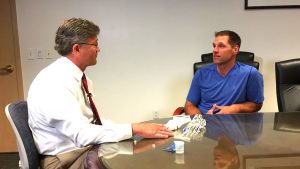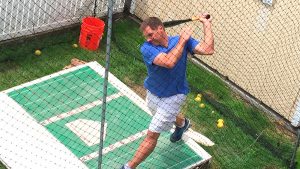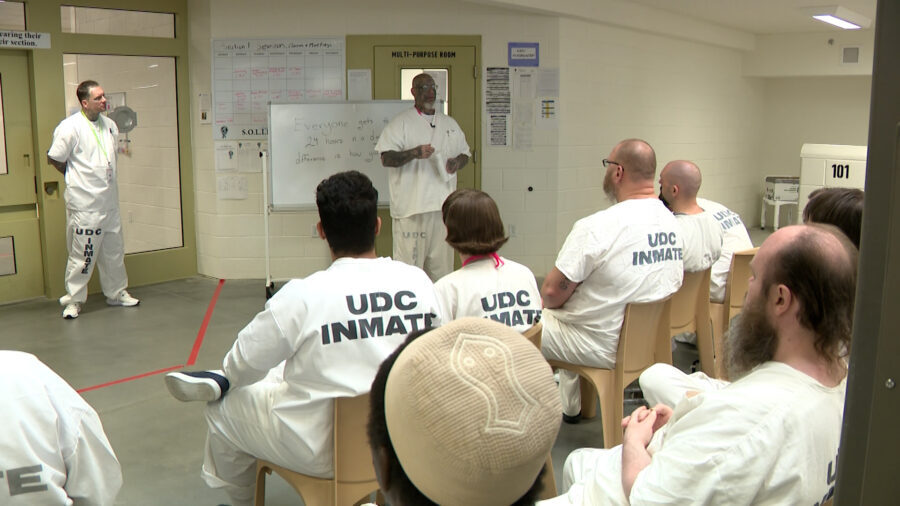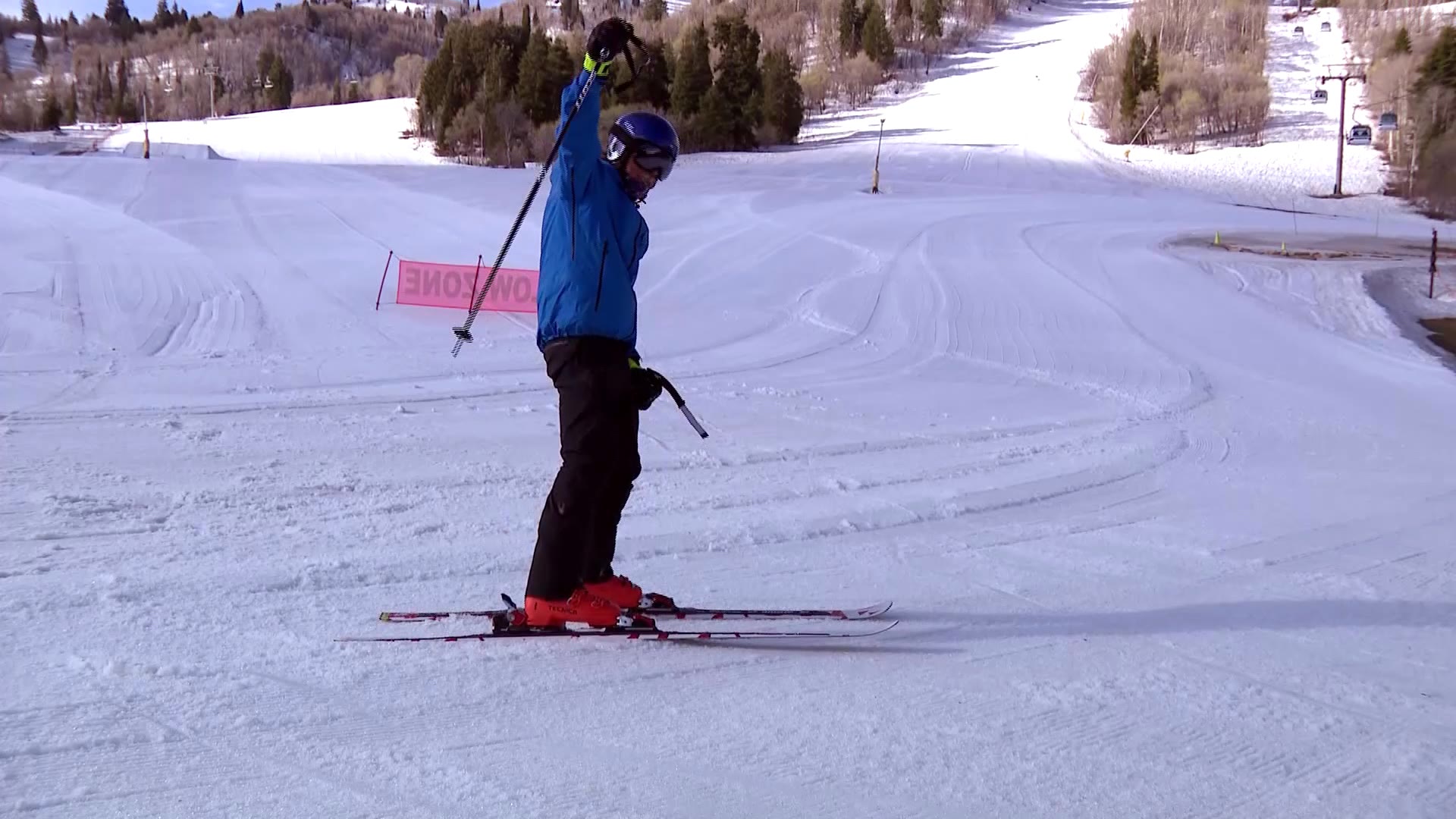Innovative new implant for arthritis could be a game changer
Jul 4, 2018, 8:05 PM | Updated: 10:36 pm
SALT LAKE CITY, Utah – About 350 million people worldwide suffer from arthritis. Until now, there weren’t good surgical options to fix it, but a new treatment is a turning point.
Ted Billick, a baseball lover and power hitter, was striking out with his big toe.
“It’s my right foot so it’s the one I push to, throw off of and hit off of,” he says.
Decades of hitting it hard led to osteoarthritis.
“Basically, I played every year since I was about 8 years old,” he says. “Just a lot of pain in my big toe joint, having a little weakness in there, so my foot would give out when I was trying to run or walk, even.”
Billick couldn’t imagine giving up his game.
“Not being able to do this would have been sad.”

Ted Billick (right), age 47, has a check up with Dr. Greg Anderson of St. Mark’s Hospital to see how a new synthetic cartilage is working to repair his big toe.
Until now, his only option other than pain killers, would be fusing the bone, a procedure that limits mobility.
Ted chose a new implant made of synthetic cartilage that functions as a cushion for the joint.
“This is probably one of the most innovative procedures that I’ve seen come by in the last 10 to 15 years,” says Dr. Greg Anderson, a podiatrist with St. Mark’s Hospital.
He had surgery last December to replace the worn-down cartilage with this synthetic implant.
“This implant goes right in here as a spacer for the big toe,” Dr. Anderson says.
The implant is made of the same material as contact lenses. It’s soft like cartilage but durable, he said.
“It holds its shape so that it doesn’t break down or flatten out, and that’s critical,” he says.
Surgeons in the U.S. are only using the procedure on the big toe. Doctors in Europe use it to treat arthritic thumbs and knees as well.
New data from a peer-reviewed journal shows a 97 percent success rate in reducing pain.

Years of wear and tear playing baseball took a toll on Ted Billick’s big toe. He chose a synthetic cartilage, made from the same material as contact lenses, to repair it.
For Billick, the implant is working. He’s back to playing baseball with no limitations.
“Now I feel great,” he says. “I’m six months in, maybe 90-95 percent of where I was. You know, some minimal soreness.”
At age 47, he may not play like he did at 18, but he can do the things he loves most.
“I’m able to run the bases, which I was having a hard time doing before,” Billick says.
A home run.













